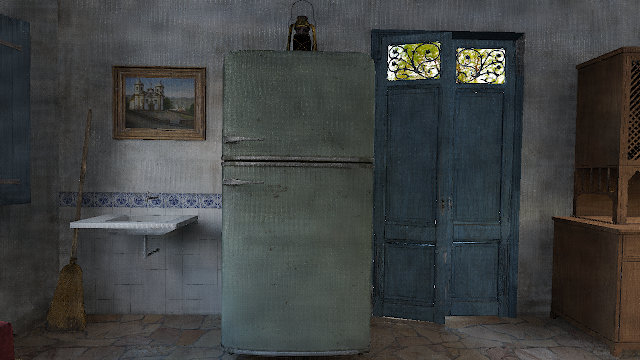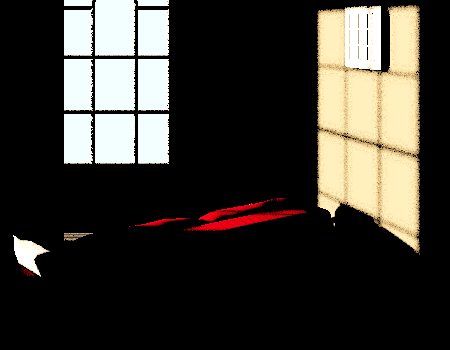Update on Mirage

So, as it has been a while since I posted anything on this blog, I figured now might be a good time to talk about some of the things I've been working on for the past month (yeah, its been that long!) This is definitely going to be one of my longer posts, so hold tight for the long ride! Massive update number one: indirect + direct specular lighting! This is definitely the biggest change, and probably the most exciting. Mirage now has full support for specular lighting! Just to demonstrate, here is what a massive change the specular lighting does to the fantastic "old brazilian kitchen" scene from UE4Arch. (I'll leave a link to it at the bottom of this blog) Without specular lighting: With specular lighting: Only specular lighting: As you can see here, the specular lighting makes for a really nice increase in quality. It is worth pointing out that there is still a lot of work to do in this area. Another important thing to point ou...
